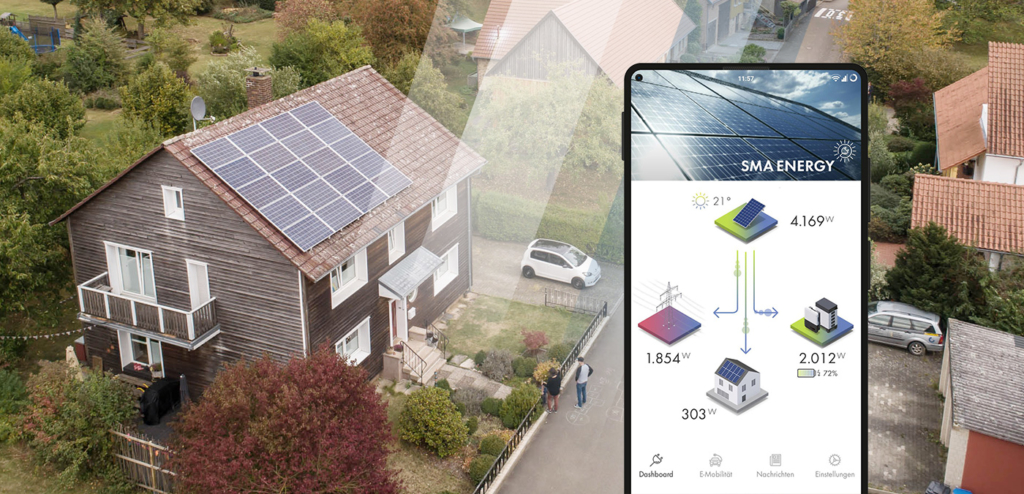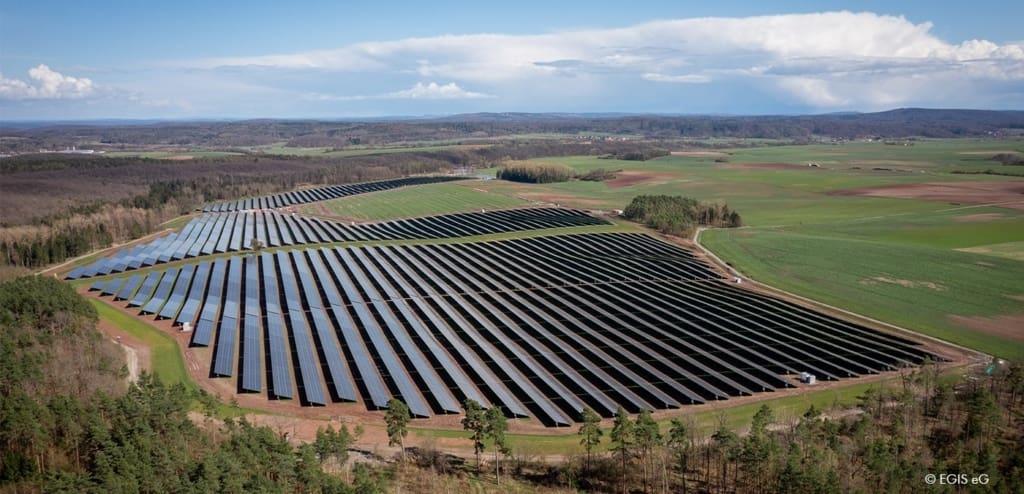Profitable Nightshift for Inverters

Large PV power plants like Europe’s largest thin-film PV power plant commissioned in Templin, Brandenburg/Germany recently, need large amounts of reactive power which have to be compensated often also at night. With Q at Night, PV power plants that implement plant solutions from SMA can now also provide the reactive power needed at night and not only during daytime.
Wherever electricity is generated in large-scale power plants, reactive power is also required, which is a result of a PV farm with transformers and corresponding cabling that come standard in large and power plant scale PV structures. During the day, this demand for reactive power is easily met with SMA inverters (displacement power factor setting ≠ 1). With Q at Night, PV power plants that implement plant solutions from SMA can now also provide the reactive power needed at night. Additional costs, which would otherwise be incurred through the necessary purchase of external reactive power, now no longer apply.
SMA inverters compatible with Q at Night can also meet the reactive power need of additional generators and on-site or utility grid loads (taking into consideration their power limit).
Decentralized Reactive Power
With the increasing number of PV power plants connected to the utility grid, the need to provide reactive power at various grid feed-in points is also on the rise. Here, inverters and their comprehensive grid management capabilities play an important role. The reactive power required for operability of technical equipment can be generated by PV power plants thanks to the inverters, and can be fed decentrally into the utility grid at the grid-connection point and can even be supplied during the night.
The Challenge Self-Consumption
Most electric utility companies in Germany provide a free supply of reactive power up to 50 percent of the active power supply. Example: If a company purchases 100,000 kWh of active energy annually, up to 50,000 kVArh of reactive energy is provided at no charge.
If the company then installs a PV plant to reduce its need to purchase electricity, its free supply of reactive power is also reduced, even though the loads’ need for reactive energy does not usually change. When designing PV plants for self-consumption, planners must therefore also take the separate supply of reactive power into consideration; otherwise, additional costs are incurred from having to purchase reactive power from a third party or from using a local compensation plant.
Inverters capable of feeding reactive power into the grid
SMA inverters already supply leading and lagging reactive power at any time during regular feed-in operation. However, with the development of Q at Night, the devices can now provide reactive power even when feed-in operation is not in progress – for example, at night*.
Along with the elimination of costs for necessary purchase of external reactive power for a PV power plant, other installed local electrical appliances or a compensation plant comes the chnace to generate additional revenue by supplying reactive power to grid operators. (e.g., at night or whenever not all nominal power is needed to feed active power into the grid).
* Currently 30 percent of nominal inverter power for plants in Germany




Feel free to contribute!